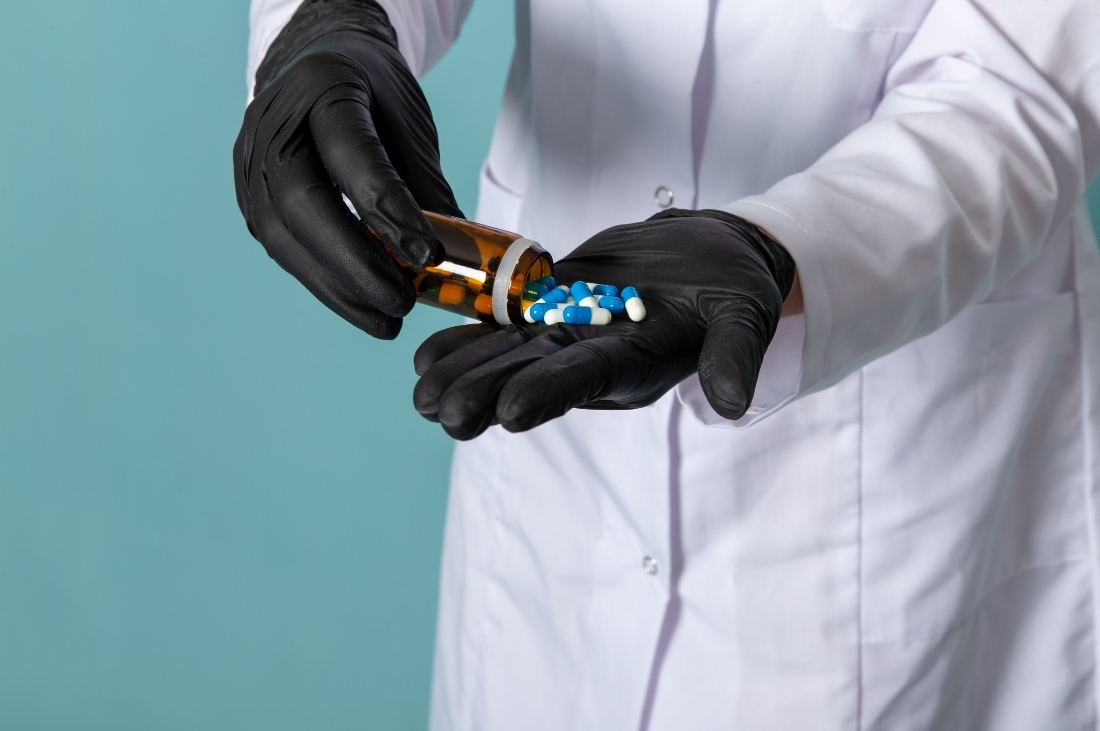
Despite significant progress in developing new therapies, one major challenge remains: medicines are only effective if patients take them as prescribed.
Studies at the Centers for Disease Control and Prevention show that approximately one in five new prescriptions never failed. The prescriptions that are not taken properly in terms of timing, dosage, or duration are expected to be unsuccessful.
This widespread nonadherence has serious consequences. According to NIH, it is estimated to cause avoidable healthcare costs in the U.S. ranging from $100 billion to $300 billion annually, along with thousands of preventable hospitalizations and deaths.
These numbers highlight a persistent gap between therapeutic innovation and effectiveness, emphasizing that patient behaviour and the design of drug delivery systems play a critical role in treatment success.
Drug delivery systems and methods are crucial in how effectively a medicine works. In simple terms, a drug delivery system is the technology and formulation that carries and releases the active drug inside the body, while delivery methods are the ways the medicine is given, such as pills, films, or injections.
There are a variety of drug delivery methods available today, each suited to different patient needs and therapeutic goals. Common formats include:
Selecting the right drug delivery method depends largely on patient-specific factors such as age, swallowing ability, lifestyle, and treatment complexity. For example, children and older adults often benefit from taste-masked or easy-to-swallow formats such as oral thin films or granules, while patients requiring steady medication levels may prefer controlled-release tablets.
By aligning drug delivery systems with these patient needs, pharmaceutical developers can improve treatment acceptance and adherence, leading to better health outcomes.
Formulation science targets the everyday reasons people miss doses:
This reduces the adherence and makes daily pills hard to take. When we match the right drug delivery system to the right patient barrier, adherence improves and so do outcomes. To tackle these problems, the pharma industry has redefined how medicines are delivered. Creating smarter and easier ways to take medicine that taste better, are easier to take. These innovations make it simpler to stay on track, improving both adherence and outcomes. Below are key technology areas making a difference in 2025.
Oral Thin Films dissolve instantly on the tongue or inside the cheek. They are ideal for pediatric and geriatric patients or those with swallowing difficulties. Thinoral® films can carry higher drug loads (up to ~50–60 mg). It maintains fast disintegration and taste-masking, making them suitable for both emergency medications and routine therapies where quick onset and ease of use are critical.
Innovations include pH-responsive films, micro-pellet-loaded OTFs, and even vaccine-delivery films. The global market is growing fast, estimated at ~$9.2 billion in 2025 with a projected CAGR of ~10%+.
MucoStrip® adheres to the buccal or sublingual area, offering a water-free, discreet way to administer medications. This platform bypasses first-pass metabolism, enhancing bioavailability and reducing the required dose. It’s especially useful for patients who require controlled release or for therapies that need rapid absorption, such as pain relief or cardiovascular medications.
Mucoadhesive platforms now offer prolonged contact on the cheek or sublingual area, boosting absorption and dose consistency. New films with glycerol slot-die coating enhance manufacturing scalability and film stability.
Unpleasant taste is one of the top reasons for treatment non-compliance, especially in children. ZIM Labs uses advanced coating and microencapsulation techniques to produce taste-masked granules and pellets that can be mixed with food or beverages without affecting drug efficacy. This flexible dosing option helps in patient acceptance while maintaining accurate dosing.
Advances in micro coating and nanoparticle embedding allow precise taste masking and controlled release in multi particulates without altering efficacy. These formats are increasingly accepted in pediatric meds.
Controlled-release systems like Matrix Pore Forming Tablet Technology (MAPOTAB®) and Rapid Gelation Drug Release Technology (RGDRT) release medicine slowly and steadily, reducing how frequently patients need to take medications. This is a big help for chronic conditions, simplifying daily routines. New designs include hydrophilic matrices and gastroretentive pellets that keep drug levels consistent, with polymer science enhancing bioavailability and dose precision.
DC granules are ready-to-compress particles that can be turned into tablets quickly. They can be taste-masked or modified for controlled release, enabling fast-dissolving tablets and capsules that are convenient and effective. Advances in material science help DC granules work well even with poorly soluble drugs, making production faster and smoother.
Beyond the innovations, the landscape of drug delivery is rapidly evolving with exciting novel technologies such as nanotechnology, 3D printing, and smart drug delivery systems. To explore these emerging trends in greater depth, you can read our dedicated blog on Emerging Trends in Novel Drug Delivery Systems.
Advanced drug delivery methods improve patient adherence by addressing common barriers that often lead to missed or discontinued treatments. They eliminate difficulties with swallowing and reduce the reliance on water by offering easier administration routes such as orally dissolving films or mucoadhesive strips, making medication intake more convenient.
Taste-masking technologies enhance the palatability of medicines, particularly for pediatric and sensitive populations, reducing dose refusal. Controlled and modified-release systems simplify dosing schedules by decreasing the frequency of administration, thereby minimizing the treatment burden for chronic patients.
Together, these innovations create more patient-friendly therapies that promote consistent use, ultimately improving treatment outcomes and overall healthcare effectiveness.
ZIM Laboratories Limited is a therapy-agnostic and innovative drug delivery solution provider focusing on enhancing patient convenience and treatment adherence to drug intake. We offer a range of technology-based drug delivery solutions and non-infringing proprietary manufacturing processes to develop, manufacture, and supply innovative and differentiated generic pharmaceutical products to our customers globally. At ZIM Labs, we provide our customers with a comprehensive range of oral solid value-added, differentiated generic products in semi-finished and finished formulations. These include granules, pellets (sustained, modified, and extended-release), taste-masked powders, suspensions, tablets, capsules, and Oral Thin Films (OTF).